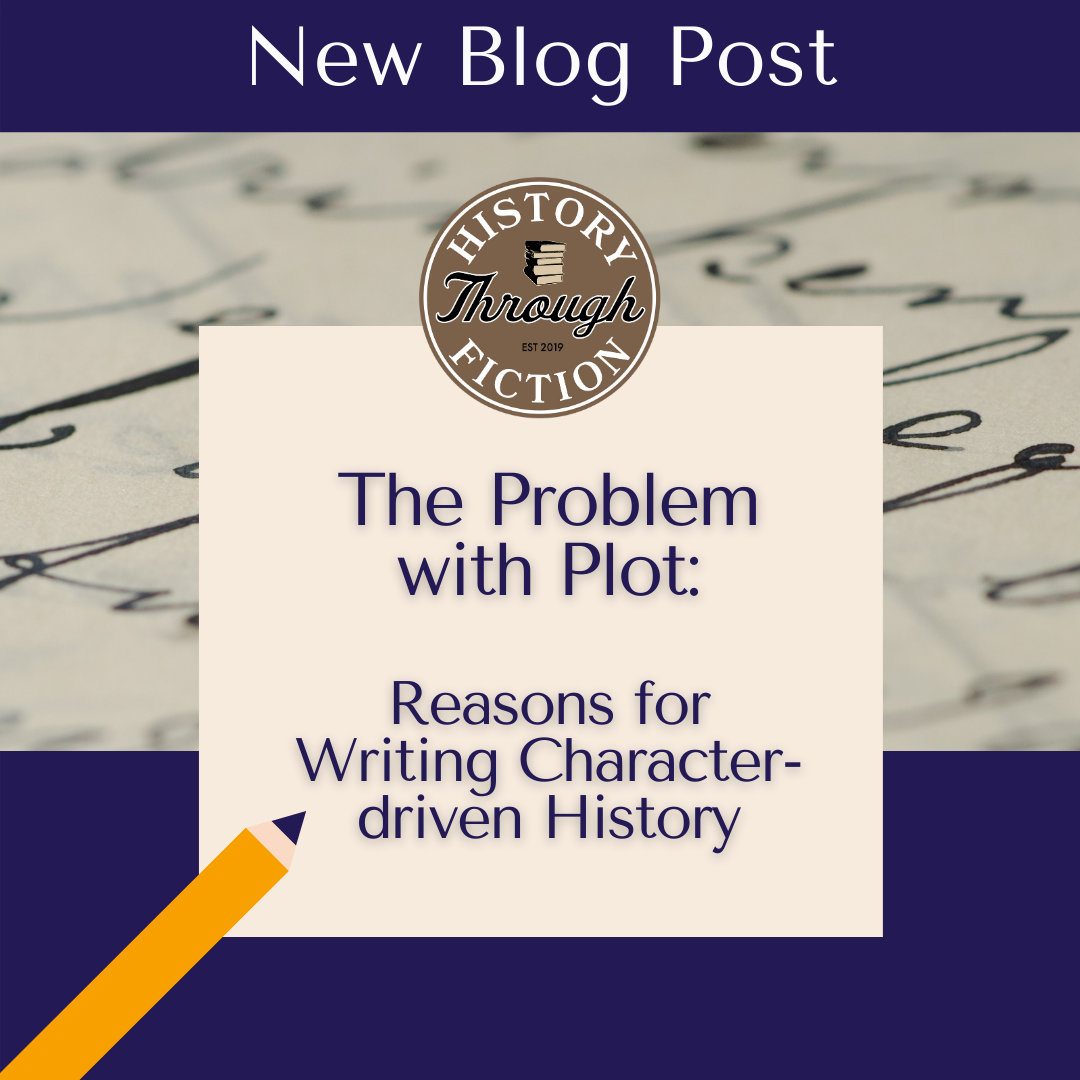
Blog

The Essence of a Successful Historical Novel – A Guest Post by Julian de la Motte
The essence of a successful historical novel is when ever and where ever it is possible to stick to the historical facts of the matter, or such as are known. In the case of the Norman Conquest much of the 'facts' are either circumstantial, anecdotal or highly colored by subsequent writers.

The Writing Process - Perspectives From Our Founder and Editor
Recently, I finished a full revision of my current writing project—a full-length, alternative history novel (103,263 words to be exact). When published it will be my fifth novel. Each one, as any author could tell you, has been a tremendous challenge that has required years of patient hard work.

Do I Need a Sensitivity Reader?
Though issues of misrepresentation and cultural appropriation have always existed, in recent years our society has become much more aware of the harm these issues cause. This awareness has led to a rise in the use of sensitivity readers as well as a debate over their necessity.

Appropriate by Paisley Rekdal – A Review and Reaction
In her book Appropriate, Paisley Rekdal shows us that we must confront cultural appropriation, not as a moral judge or caretaker, but as an open-minded participant both in the world we live in and the one we are striving to achieve.

The Vaccine: Medicine’s Most Impressive Feat
The coronavirus pandemic has made a household word of “vaccine hesitancy,” a polite term used within the public health community to refer to delaying or refusing vaccines. Despite the ingenious development and record-time deployment of several incredibly safe and effective coronavirus vaccines…

Book Feature: The Life and Tryals of the Gentleman Pirate, Major Stede Bonnet
Bonnet and Blackbeard were not in search of Spanish ships, but were instead in search of English prizes. With their new flagship, the pirates were ready to show off to the world who ruled the seas of the Western Hemisphere.

8 Book Promotion Strategies For Your Historical Fiction Novel
Be selective about the places you tend to market. You tend to get back what you put into marketing. Promoting your book all over the place simply because you think the exposure is “good” can actually be detrimental.


Traces of a Hand – A free audio excerpt from The Sky Worshipers
In this audio excerpt, Reyhan, granddaughter of the last Seljuk King, imagines the lives of a Persian family when the Mongol warriors descend upon their home.

A “stunning saga” – F.M. Deemyad talks about her debut novel
In honor of the official release of F.M. Deemyad’s debut novel, The Sky Worshipers, History Through Fiction: The Podcast is reposting our interview with the author. A novel of Mongol conquests, The Sky Worshipers tells history from a new perspective, showing readers how the vast Mongol empire was transformed from within by three captive princesses.

A Time Period that has Baffled Historians: Debut Novelist F.M. Deemyad Conquers All
In one prestigious conference, an agent told me that one should take a quick perusing look at history and then write their own version. I tend to disagree profoundly with such an approach. As a historical novelist, I consider it my duty to respect the past and remain true to it.

The Battle of Mohi - How the Mongols Conquered the Kingdom of Hungary
Fought on April 11, 1241, the Battle of Mohi (also known as the Battle of Sajó River) was the culmination of the Mongol attacks on the Kingdom of Hungary. Led by Batu Khan, the grandson of Genghis Khan, and commanded by Subutai, the Mongols defeated the Hungarians and quickly overran the country, burning down the city of Pest and taking control of the Hungarian plain.

The Siege of Baghdad
The caliph had refused to provide his own army with basic necessities despite their repeated requests. His wishful thinking that the Mongols would spare Baghdad as the most outstanding center of power in the Middle East had disastrous consequences.

“I felt as if I had swum to the middle of the ocean” – An Author Introduction to The Sky Worshipers
While Deemyad’s novel clearly demonstrates her skill and imagination as a creative writer, it required years of careful research to determine the facts behind her characters. The research did not come easy. At one point, Deemyad remarked to a professor that she felt as if she had swum to the middle of the ocean.

Mongol Culture and Religion: The Power of the Eternal Blue Sky
Ancient Mongolians believed that the spirit of their ancestors turned into mythical creatures, and Genghis Khan was known as the embodiment of the power of the Eternal Blue Sky. Today, the majority of the citizens of Mongolia are Buddhists (particularly Tibetan Buddhism), a religion that became widespread in that region since the sixteenth century.

Genghis Khan’s Legacy
He has been described as a genius in devising military strategy by some, a bloodthirsty warmonger by others, and even called an emancipator by some historians. There are those who see him as evil, and others who name their children after him.

A Delicate Balance – How The Sky Worshipers Weaves Fiction and History
It is a delicate balance to create an engrossing fictional story while also including real historical facts and details. But, as observed by Goodreads reviewer “B.”, F.M. Deemyad strikes that balance in her novel of Mongol Conquests, The Sky Worshipers.

Mongol Invasion of Eurasia and the Reign of the Empire
At the time of his death in 1227, when he was 69 years old, Genghis had succeeded in conquering Central Asia from Siberia to the Caspian Sea. With a heart of steel and an unbending determination, fortified through years of living in the wilderness, he subjugated great civilizations of his time.

The Problem with Plot: Reasons for Writing Character-driven History
Fiction must rely on its characters—who they are; what they do, see, and feel—to move the story forward from one plot point to another. That is what differentiates stories and makes them meaningful. That is what captures the imagination of readers and keeps them wondering what happens next.

How I Built My Novel by Nancy Burkhalter
To paint the truest picture of the times, I consulted every source I could find on Chopin, Sand, Vidocq, French and Polish history, 1840s French fashion, Camille Pleyel, the Broadwood piano factory, and more. My prize discovery was a thirty-eight-page book titled How Chopin Played (publ. 1937) buried among several larger tomes on a library shelf.
